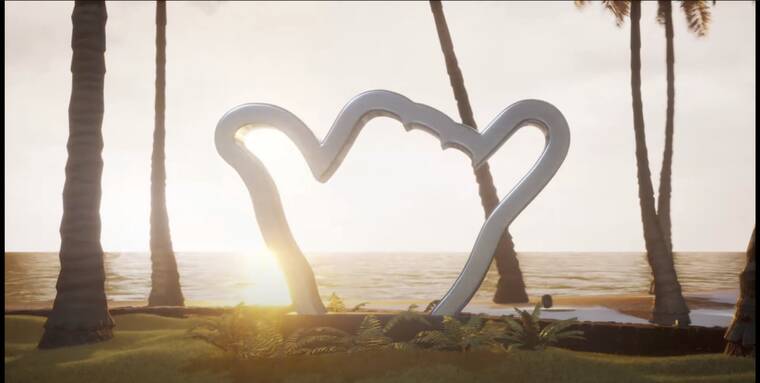Lawmakers and Hawaii residents alike appear to be vibing with a proposal to make the shaka the official state gesture of Hawaii.
Senate Bill 3312 and its companion House Bill 2736 would establish the shaka as the first “state gesture” of the United States, in part as an effort to claim the familiar — and merchandisable — symbol for Hawaii before others get there first.
Steve Sue, director of Hawaii nonprofit ID8, explained in February that codifying the shaka in state law as something explicitly from Hawaii could have benefits in terms of branding and international outreach.
Other states like California or Texas could attempt to make their own claims on the gesture, given the prominent surfer culture in the former or the gesture’s use among supporters of Texas A&M University-Corpus Christi’s sports teams.
While the Senate version of the bill is a little more alive than the House draft — HB 2736 was referred to a pair of Senate Committees on March 7 but hasn’t been scheduled for any hearings since then, while SB 3312 has its final House hearing scheduled for today — the House version is slightly meatier than the other, given that it actually codifies the shaka by describing it in law.
“(The) shaka generally consists of extending the thumb and smallest finger while holding the three middle fingers curled, and gesturing in salutation while presenting the front or back of the hand; the wrist may be rotated back and forth for emphasis,” explains the bill.
The Senate draft, meanwhile, adds a clause stating that the Hawaii State Foundation on Culture and the Arts “may” — as opposed to the definitive “shall” — develop “a public work of art related to the shaka and its history” that would be displayed in a prominent public location.
Sue told the Tribune-Herald on Tuesday that ID8 proposed last year a public shaka sculpture to the Honolulu Mayor’s Office of Culture and the Arts that was generally popular among residents. However, he said, the office ultimately rejected it because of its perceived direct association with a nonprofit.
“But I could see us resurrecting that idea when the bill passes,” Sue said.
Sue added that the planned sculpture — an arch in the outline of a shaka — is more accurate about the gesture’s history than other visual depictions of the shaka.
“The prevailing theory is that the shaka came from Hamana Kalili, who lost three fingers on his hand,” Sue said, adding that some shaka depictions show the curled middle three fingers.
Sue said he was surprised by how smoothly his proposal has been accepted by lawmakers.
“There’s been as little opposition as possible for a state bill,” Sue said. “There’s been no naysayers and really quite strong proponents.”
In fact, Sue said that SB 3312’s remaining votes are “just a formality” until it reaches the desk of Gov. Josh Green.
“I think he’ll recognize that the shaka is ours, and it should be ours,” Sue said.
The House Committee on Judiciary and Hawaiian Affairs will discuss SB 3312 today at 2 p.m.


